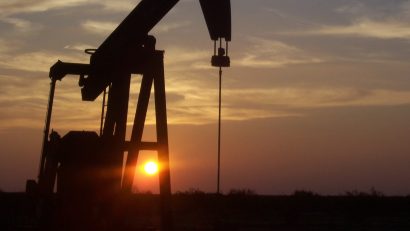It is no secret that Canada’s oil and gas industry has played a significant role in the country’s economy for decades. With vast reserves and a commitment to the development of its natural resources, Canada has emerged as a major player in the global energy market. However, the industry has not been without its fair share of challenges and controversies. In this article, we will delve into the intricate and fascinating world of Canada’s oil and gas industry, exploring its history, current state, and future prospects.
A Brief Historical Overview
The roots of Canada’s oil and gas industry can be traced back to the mid-19th century when exploratory drilling first began in Ontario. However, it was not until the early 20th century that significant discoveries, such as the Turner Valley oil field in Alberta, put Canada on the map as an oil-producing nation. From there, the industry continued to expand rapidly, particularly in the provinces of Alberta and Saskatchewan.
The Present-Day Reality
Today, Canada ranks as the world’s fourth-largest producer of oil and holds the third-largest oil reserves globally. The industry employs hundreds of thousands of people and contributes billions of dollars to the Canadian economy. Alberta’s oil sands, a vast deposit of bitumen, represent a significant portion of the country’s reserves and have attracted considerable attention from investors and environmentalists alike.
While the industry has been a cornerstone of Canada’s economy, it has faced criticism for its environmental impact. Extracting and processing oil and gas can have detrimental effects on ecosystems, air quality, and water sources. In recent years, concerns about climate change and the transition to cleaner energy sources have put the industry under increased scrutiny.
The Road Ahead: Challenges and Opportunities
As the world grapples with the need to reduce carbon emissions and mitigate the effects of climate change, the oil and gas industry is at a critical juncture. Canada, with its vast reserves, has a unique set of challenges and opportunities. The industry is making efforts to reduce its carbon footprint by investing in cleaner technologies and improving operational efficiency. Initiatives such as carbon capture and storage and the development of renewable energy sources demonstrate the industry’s commitment to sustainable practices.
Furthermore, Canada’s oil and gas industry is tapping into emerging markets, particularly in Asia, to diversify its customer base and reduce its reliance on the United States. The pursuit of international trade partnerships and the development of liquefied natural gas (LNG) infrastructure are key components of this strategy. This shift in focus presents new avenues for growth and economic prosperity in the industry.
Conclusion
The oil and gas industry in Canada is undoubtedly a complex and evolving sector. While it has played a vital role in the country’s economic success, it faces significant challenges as the world seeks to transition to a more sustainable energy future. Nevertheless, Canada’s commitment to innovation and responsible resource development positions the industry on a trajectory that balances economic growth with environmental stewardship. The story of Canada’s oil and gas industry is far from over, and its unfolding chapters will undoubtedly shape the country’s future.



